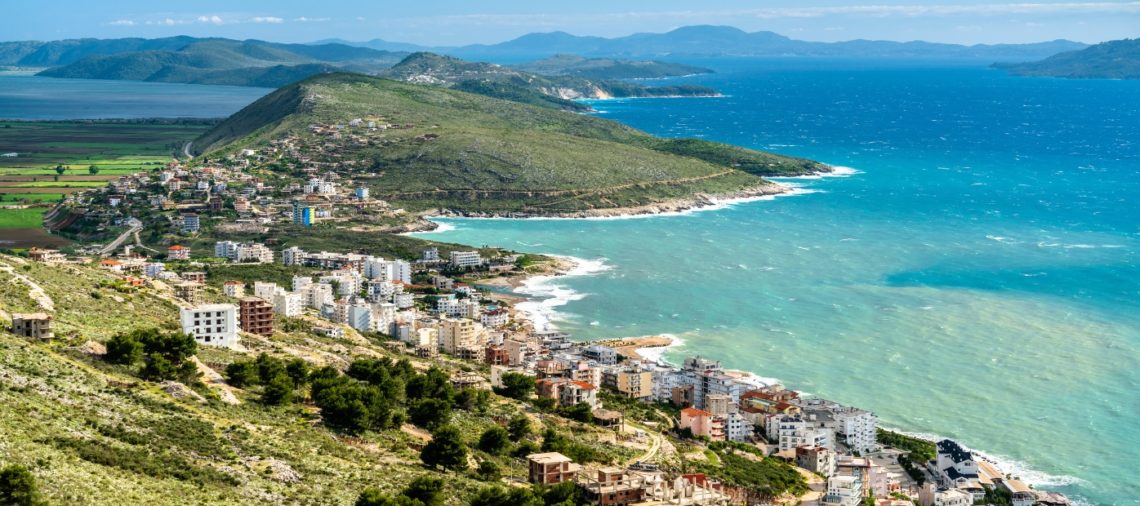The Ionian Riviera, between Saranda (to the north) and Vlore (to the south), is the pride of Albania’s tourism industry. An area blessed with more than 300 sunny days a year, where the average temperature is 10 degrees in January and 25 degrees in July. A territory that is geographically set up superbly, in an alternation of cliffs, beaches, and bays, “clothed” in dense Mediterranean vegetation, which cannot leave without reaction any tourist or traveler. So… why not try a vacation in Saranda and Vlore?
The two pearls of the Albanian Riviera are the resorts of Saranda and Vlore, and those who end up spending a holiday here will find plenty of reasons to enjoy the sunny days beyond lying on the beach and water sports. But let’s take them one at a time:
What to do and see in Saranda
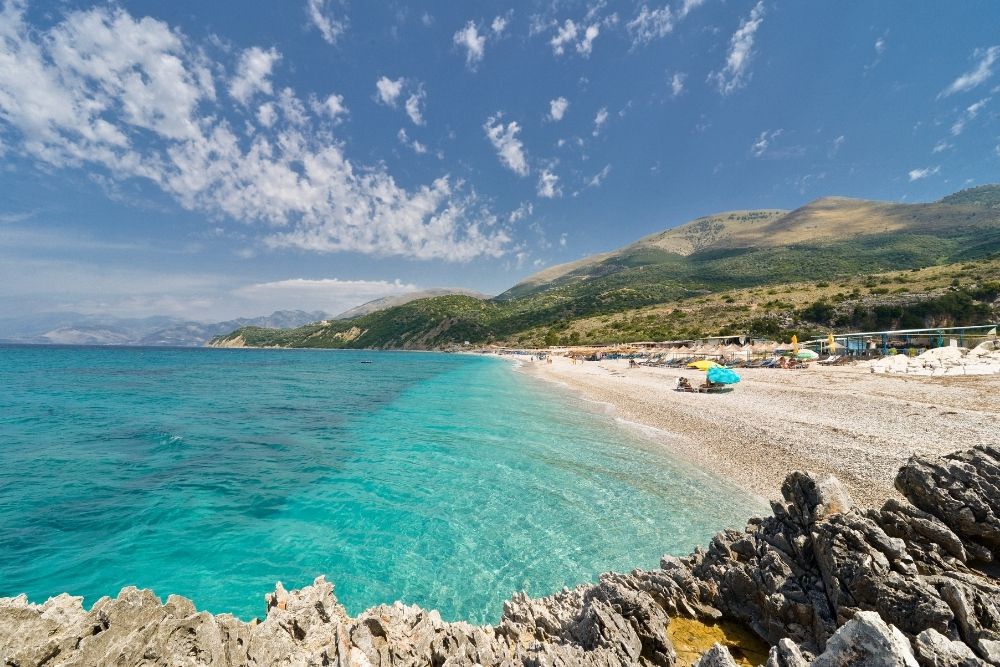
Saranda is the most populous town on the Albanian Riviera and the country’s most important tourist destination, targeted especially by newlywed couples looking to spend their honeymoon here and families with children.
Saranda is just 9 kilometers from the Greek island of Corfu, with ferries linking the two places daily. The resort, and the surrounding area, offers a wide range of accommodation to suit all budgets, from apartments to 5-star hotels. What’s there to see in and around Saranda?
Here you have the best beaches in Saranda and the Albanian Riviera.
Saranda Bay
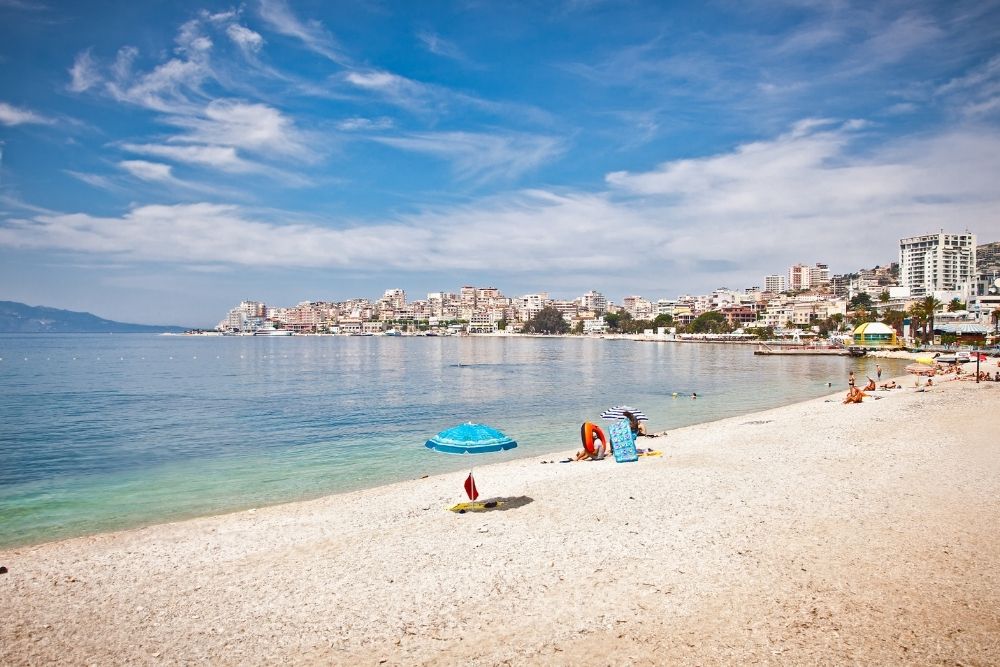
Saranda’s main beach is shaped like a horseshoe, framed by the local bay, and is a mixture of sand and pebbles. A public beach, but with all the facilities of a European beach, you can hire hydrofoils and sun loungers. The beach is bordered by a boardwalk adorned with palm trees, ice-cream kiosks, and bars, and there are also a few cafes and restaurants across the road serving seafood menus.
Butrint
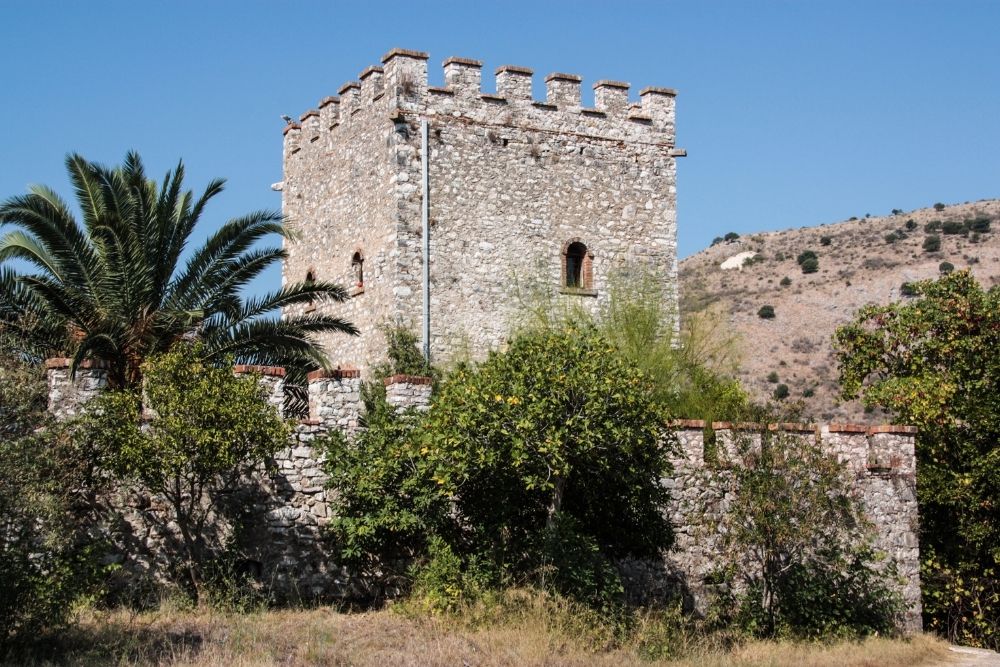
Fourteen kilometers south of Saranda, this UNESCO site brings you face to face with Albania’s largest ‘collection’ of ancient ruins in a place that has been populated since the Stone Age. The ruins date back to around 800 BC when Butrint was settled by the Chaonians (a Greek tribe) who had occupied the coastal regions of western Greece and Albania.
Later, Butrint became a Roman colony, then a Byzantine town, and, in the Middle Ages, an essential Venetian trading hub before being abandoned. Remains include an early Christian basilica, a Roman theatre, a Roman temple, and a Greek market, while the local museum is housed in a Venetian tower.
Lekuresi Castle
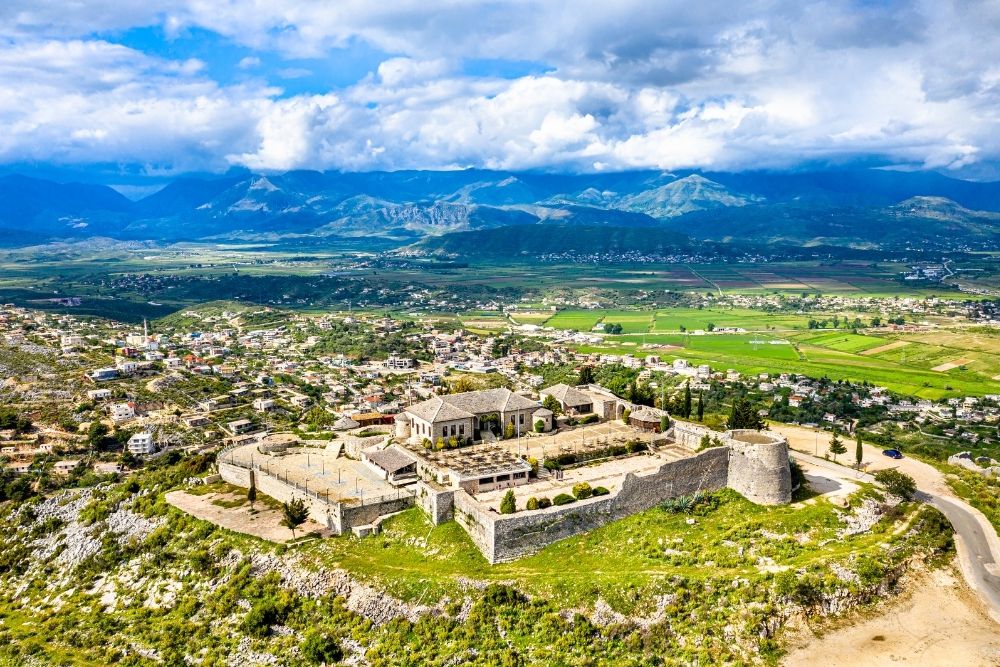
Saranda is ‘pinned’ to the coast by high hills, on the summit of one of which stands a building that harks back to the early Ottoman period. Lekuresi Castle was once an important citadel that had the gift of defending the settlement but is now a semi-ruin. It’s well worth a visit, however, as from here, you’ll be treated to stunning views, including the island of Corfu and the Greek border.
Ksamil
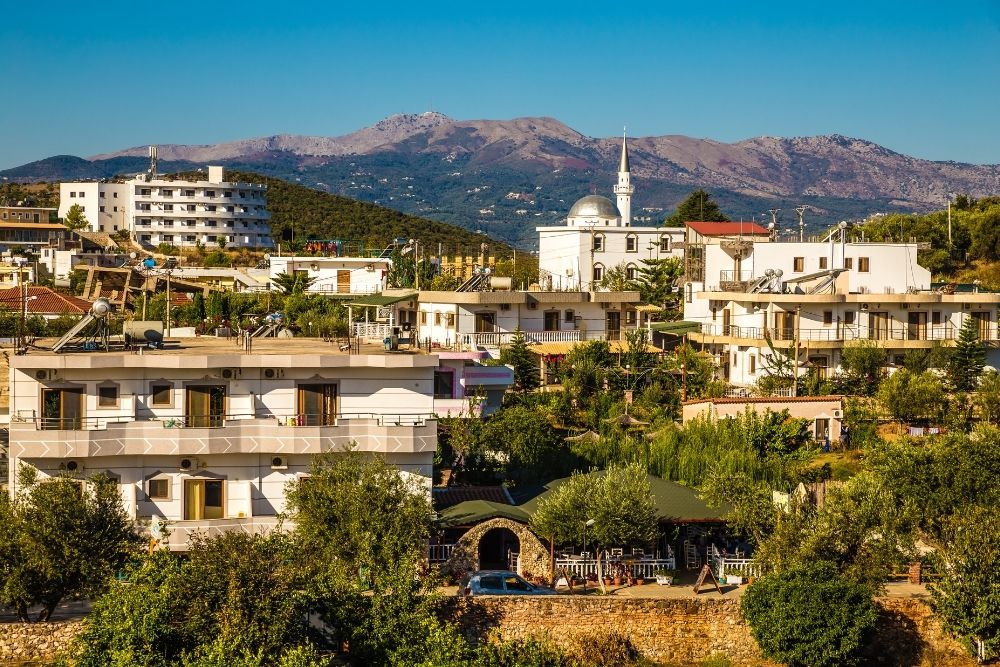
The village of Ksamil, located in Butrint National Park (between the Ionian Sea and Lake Butrint), just a few minutes drive from Saranda, is a good idea for a day out in a beautiful setting. Here, the sea is as calm as on the whole Riviera. You can hire a motorboat to explore the small islands in the area and moor in a hidden cove to spend a few hours in the sun and water in absolute peace.
Borsh
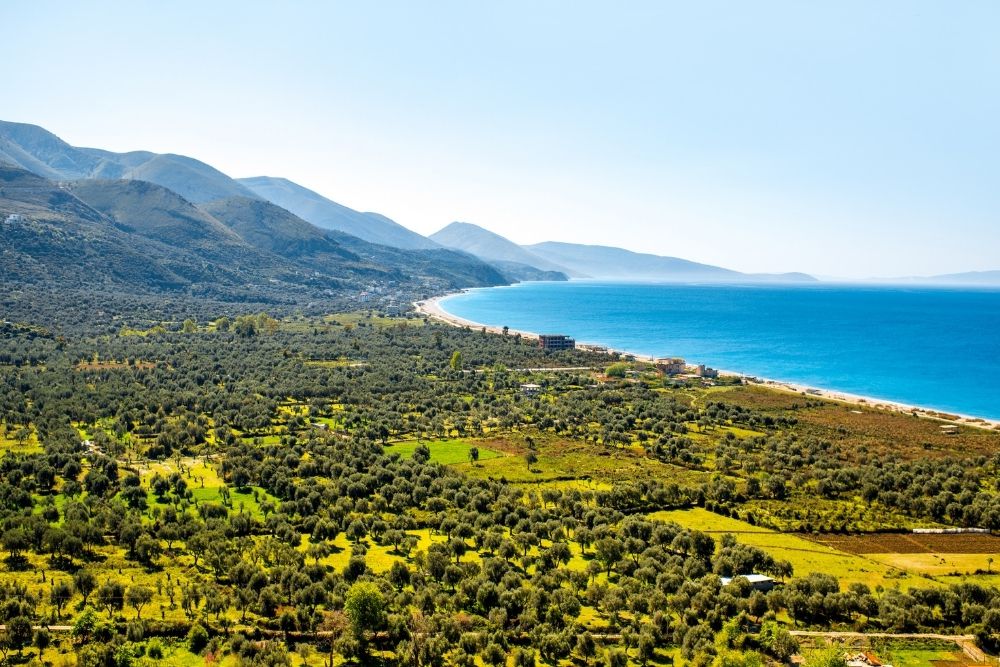
Borsh is a village between Saranda and Dhermi (another beautiful place) where the longest beach on the Ionian Sea stretches for 7 kilometers of sand. Behind the beach is an olive grove, and a little further away are the ruins of mosques and castles. Ali Pasha is a 15th-century Venetian fortress, which shows how important this area was in the struggle between the Ottoman Empire and the other forces of Europe, from the Venetian Republic to Napoleon’s armed forces.
Despite images that seem to be taken from paradise, the area has yet to be invaded by tourists, making Borsh a fascinating destination.
What to do and see in Vlore
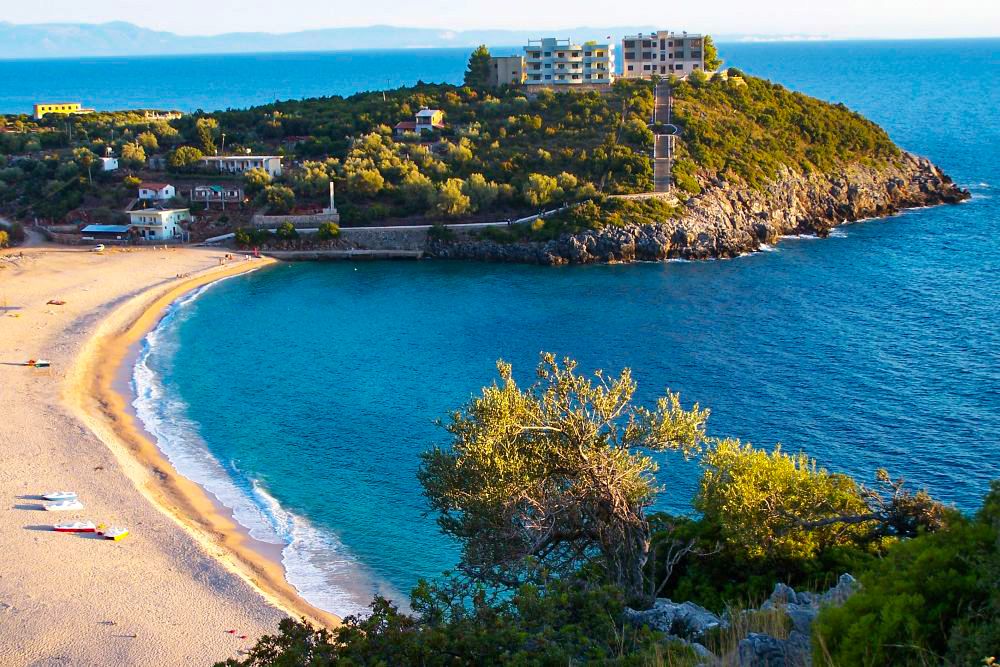
Vlore is a port city of particular significance to Albanians, as it was here that the country declared its independence from the Ottoman Empire in the early 20th century. You can always tour the monuments and museums that pay tribute to the statesman Ismail Qemali and his first independent government. If you like hiking, however, the region is stunning and well worth exploring in search of interesting sights:
Muradie Mosque
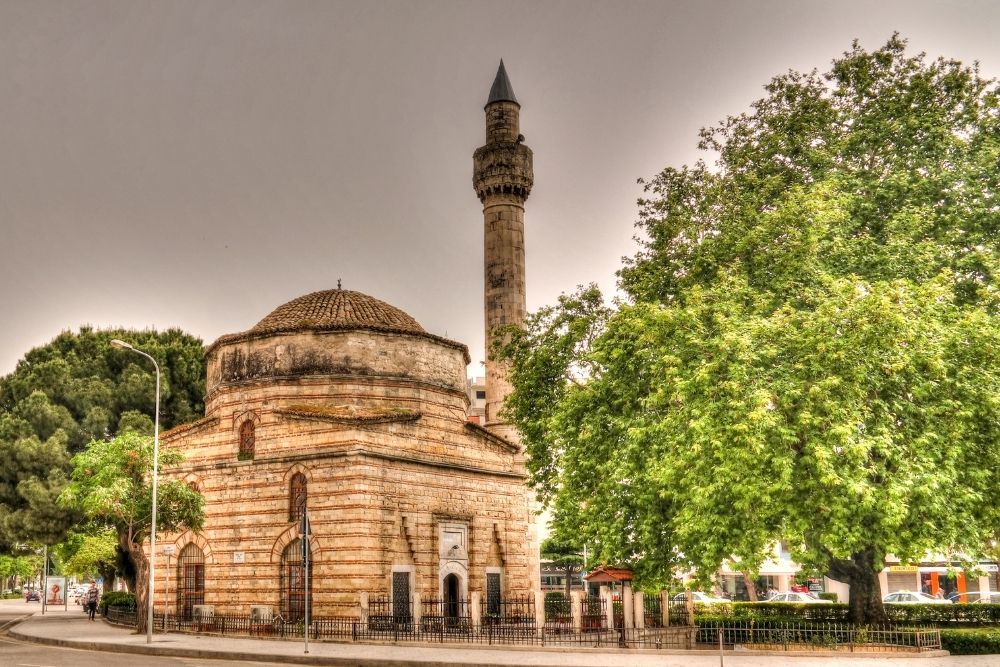
The main mosque in Vlore is an Ottoman building preserved for almost 500 years, which survived even the Albanian communist regime, responsible for the closure of many religious buildings. Minar Sinan built the Muradie Mosque in 1537, one of the most famous Ottoman architects and the author of many ‘jewels’ throughout the Empire. Minar Sinan also helped design the Taj Mahal. Visit this mosque and admire its 18-meter-high minaret.
Llogara National Park
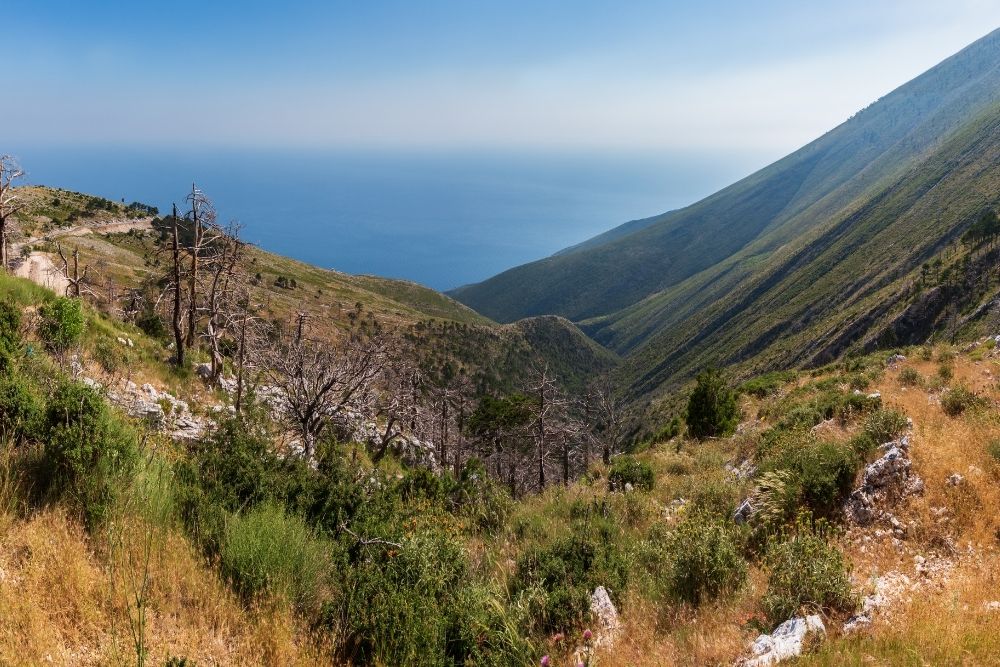
Not far from Vlore is the Ceraunian mountain range. In the area you can venture into the wilderness of Llogara, a protected national park teeming with wild cats. If you like adventure, you can conquer one mountain peak after another, some of which, like Cika, are over 2000 meters high. Fascinating scenery can also be found in the Llogara Pass, 1000 meters above sea level, where strong winds have shaped the trees into strange shapes.
Orikum
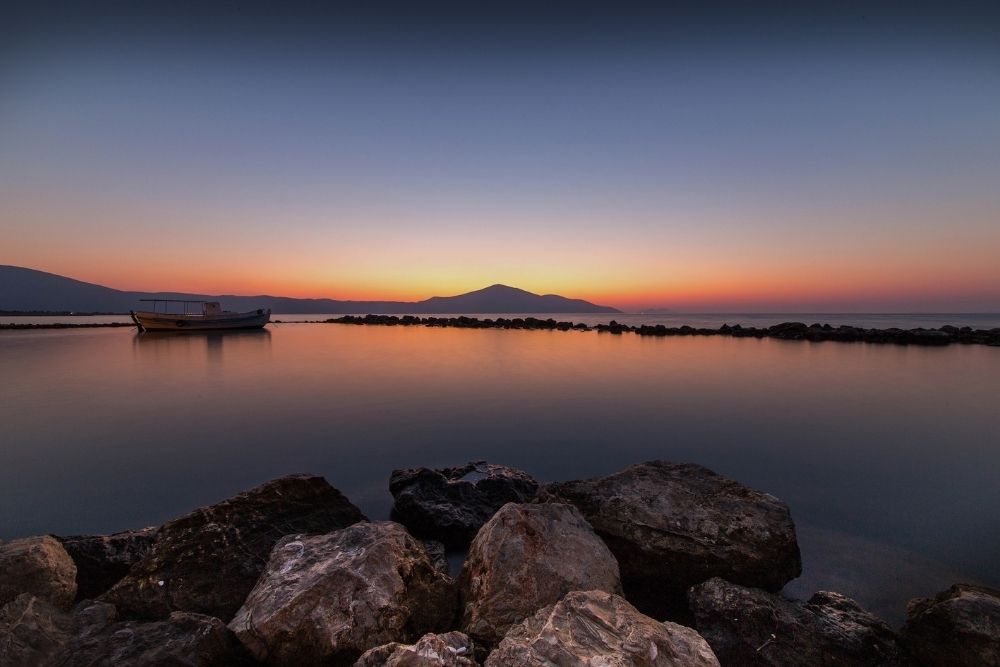
Many locals from Vlore get in their cars at weekends and drive to Orikum, just 5 kilometers away, home to a beautiful white pebble beach. Here, the sea is simply perfect. So is the beach, which is especially popular with families with children. Behind the town, Mount Athanasious rises majestically, its 2000 meters completing the beautiful landscape.
Vuno
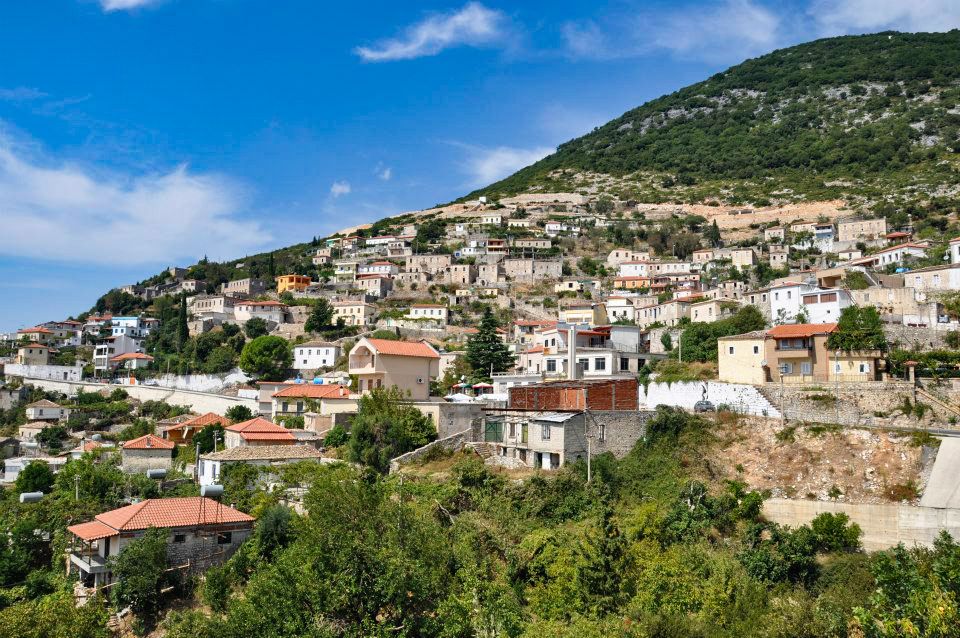
Slightly south of Orikum is Vuno, a mountain village with a ‘view’ of the sea. The main reason to get here is to spend a few hours on Gjipe beach, a deserted cove at the head of a limestone canyon. The walk to the beach will be a unique experience, with the huge boulders of rock providing real challenges. But you’ll be rewarded handsomely, as the beach is heavenly.
Also in the area is Jali Beach, considered one of the best Albanian beaches. It stretches into a slightly larger bay, has fine pebbles, and is bathed in crystal blue waters.
Sazan Island
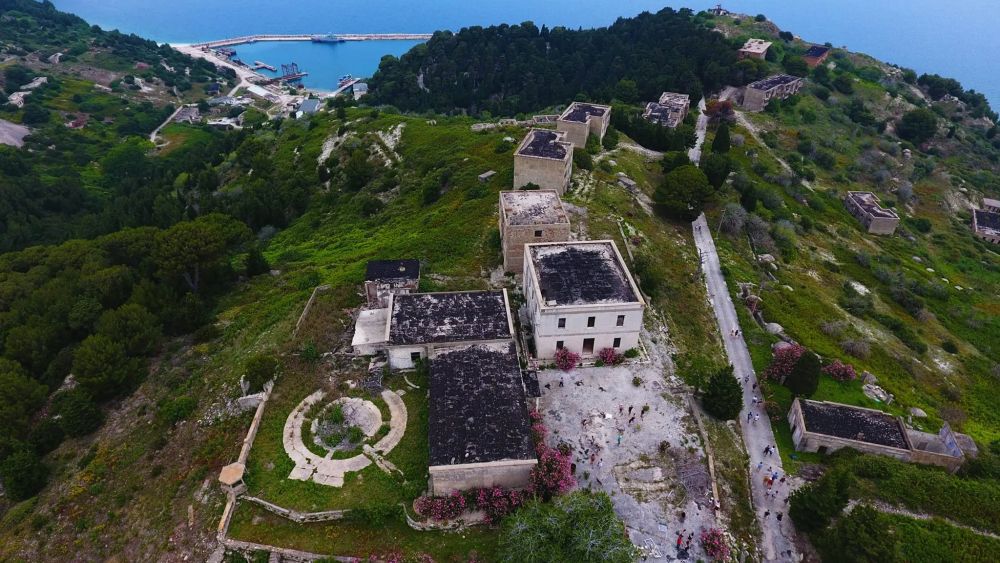
This former military site has been returned to the public after decades of isolation and mystery. Sazan, Albania’s largest island, was a Soviet military base and most likely housed a chemical weapons factory. You can take a day trip to this island by boat from Vlore, spending time in a maze of tunnels and bunkers built in the event of a nuclear attack.
An interesting fact is that the island of Sazan lies at the meeting point of the Adriatic and Ionian Seas, with a subtropical climate, different from the mainland, even though the island is very close to the coast.
Conclusion
Even if the Albanian Riviera is still not a very common destination for Europeans and Americans, it is definitely worth giving it a chance. Beautiful beaches, very good prices, and very friendly people are all summing up a vacation in Saranda and Vlore, the pearls of Albanian tourism.
You may also like: Best things to do in Malta. A visit to the island of the Templars

